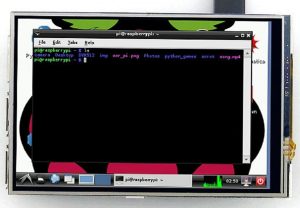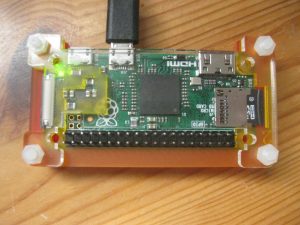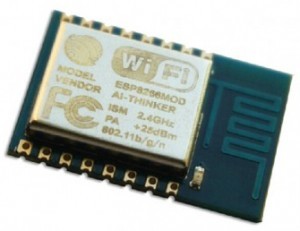With the release of a new Raspbian version (2016-09-23) RealVNC have ported their VNC server and viewer applications to Pi, and they are now integrated with the system and PIXEL desktop. With raspi-config, one can enable start of RealVNC at boot time. This is particularly useful, if you’re running your Pi headless a (without monitor), but still want to access the LXDE desktop. RealVNC usually works out of the box, but …
 … it doesn’t, when you connect a non-standard display. I recently upgraded one of my Raspberry Pi’s with a 3.5” LCD touch screen, which connects through the GPIO header and has a resolution of 320×480 pixels. Unfortunately, with the display attached, VNCviewer’s desktop size also shrinks to 340×480 pixels which is very inconvenient to read when it is displayed on a 1920×1080 HDMI monitor. Scaling of the window makes its contents very blurry.
… it doesn’t, when you connect a non-standard display. I recently upgraded one of my Raspberry Pi’s with a 3.5” LCD touch screen, which connects through the GPIO header and has a resolution of 320×480 pixels. Unfortunately, with the display attached, VNCviewer’s desktop size also shrinks to 340×480 pixels which is very inconvenient to read when it is displayed on a 1920×1080 HDMI monitor. Scaling of the window makes its contents very blurry.
However, with some special settings, one can circumvent this problem:
Continue reading How to configure RealVNC on a Pi with 3.5” LCD

